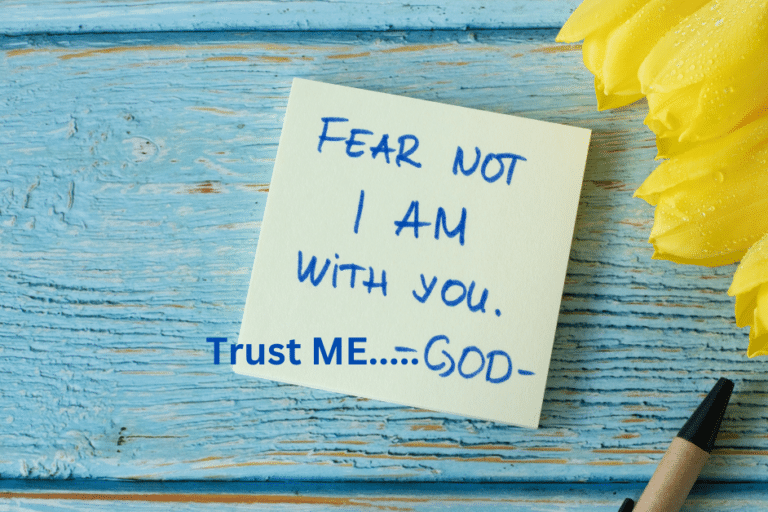Global Christianity vs. Other Religions

Global Christianity vs. Other Religions
In a world marked by diverse cultures, traditions, and belief systems, religion remains a fundamental aspect of human identity and society. Among the plethora of religions practiced worldwide, Christianity stands as the largest and most widespread faith.
Why do some people seem to have a dislike for Christianity? There has been a lot of conversation about some people leaving Christianity for various reasons.
However, most of us know that everyone does not believe the same way. The simple way to make one’s life better, peaceful, and happier regarding religion, is to live by The Word of God (The Bible).
America Has The Highest Number of Christians
America has the largest percentage of Christians in the world with about 70% of people who identify as Christians. Understanding its global circulation in comparison to other religions provides invaluable insights into the religious landscape of our world.
While Christianity is global; it is also diverse in teachings, beliefs, standards, and worship. It is not one set of rules that fits all facets of different religions; each has its evaluations of God, Christ Jesus, Mary, sin, salvation, and other religious beliefs. Catholicism, Protestantism, and Orthodoxy are some of the titles of religious organizations.
We will follow up with a commentary on the latter later.
Christianity: A Global Phenomenon
Christianity, tracing its origins to the teachings of Jesus Christ in the 1st century AD, has grown into a global faith with a significant presence on every continent. As of recent statistics, Christianity boasts approximately 2.3 billion adherents, making it the world’s largest religion by population. Its followers, known as Christians, are found in diverse communities ranging from remote villages to bustling metropolises.
Regional Developments of Christianity
While Christianity’s roots lie in the Middle East, its spread across centuries has led to diverse regional concentrations. The Americas, particularly North and South America, host a substantial Christian population, owing largely to centuries of European colonization and missionary activities.
Europe, historically considered the heartland of Christianity, still maintains a significant Christian presence despite declining religiosity in some regions.
Africa has emerged as a burgeoning center of Christianity, with millions of adherents across the continent. Asia, too, witnesses a growing Christian population, notably in countries like South Korea and the Philippines. Oceania, though sparsely populated compared to other continents, also harbors vibrant Christian communities.
Comparison with Other Religions
While Christianity holds the title of the world’s largest religion, it is essential to contextualize its global presence alongside other major faiths. Islam, originating in the Arabian Peninsula in the 7th century AD, boasts over 1.9 billion followers, making it the second-largest religion globally.
Islam’s stronghold lies predominantly in the Middle East, North Africa, and parts of Asia, with significant populations in Indonesia, Pakistan, and Bangladesh.
Hinduism, one of the oldest religions, is predominantly practiced in India and Nepal, with approximately 1.2 billion adherents. Buddhism, originating from the teachings of Siddhartha Gautama in ancient India, has over 520 million followers worldwide, primarily concentrated in East Asia and Southeast Asia.
Understanding Religious Diversity
Beyond Christianity, Islam, Hinduism, and Buddhism, numerous other religions and belief systems contribute to the rich tapestry of global spirituality. Judaism, Sikhism, Jainism, and various indigenous religions also play significant roles in shaping cultural identities and societal norms worldwide.
Conclusion
The global distribution of Christianity compared to other religions underscores the remarkable diversity of human beliefs and experiences. While Christianity holds the largest share of adherents, other religions command substantial followings across different regions.
Understanding and respecting this religious diversity is essential for fostering mutual understanding, cooperation, and peaceful coexistence in our interconnected world. As we navigate the complexities of religious pluralism, embracing tolerance and dialogue becomes imperative for building a harmonious global community.






